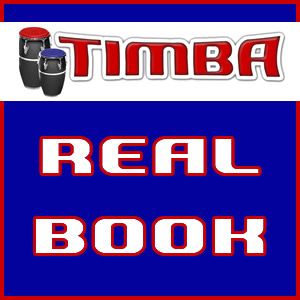
click on the image above to visit the product page
As many professional musicians know, the "Real Book" refers to compilations of lead sheets for jazz standards (typically attributed to a series of books transcribed and collated by Berklee College of Music students during the 1970s).
The "Real Book" name is derived from earlier fake books that were commonly used by professionals on the US East Coast, often geared to dance bands rather than jazz ensembles, and devoted much space to show tunes, novelty tunes, and traditional jazz. The first three Real Book volumes, in contrast, contained many bebop and other jazz standards that were likely to be encountered on jazz gigs at the time.
The original Real Book volumes, like earlier fake books, were printed without securing copyright releases or paying royalties, and they were thus illegal. These unlicensed books were all sold through informal connections -- for cash in the backs of music stores and between musicians. In 2004, the Real Book material was acquired by publisher Hal Leonard and licensed for legal sale. Many new volumes were eventually added to the series, and some of the famous errors in the original volumes were corrected. These books also inspired a similar series, offered by the Sher Music Company, called The New Real Book. -- source: Wikipedia
In the same way that these fake and illegal books were dubbed "Real Books", this project adopts the name due to it's familiarity among band leaders and musicians, except that they aren't lead sheets at all. This project should be called the VERY ACCURATE TRANSCRIPTION & RHYTHM TIMBA BOOK.
This TIMBA REAL BOOK project is a collection of very accurate and fully detailed, sheet music transcriptions of classic Timba hits. While most competing Latin music charts are lead sheets, which for example only include chord symbols for the piano and bass, these charts have the exact parts of the performances. "This is crucial because many of the accompaniment parts are song-specific hooks rather than the generic formulaic patterns often found in salsa." -- Kevin Moore of TIMBA.com
This characteristic of Timba has made charts less available as they are harder to transcribe and get right. More than in any other genre, if you attempt to play a "light" version of Timba it comes off as ultra cheesy. And it will sound like that until everyone is really nailing it. When that point arrives everyone will immediately know and then you go off auto-pilot into actual musical conversations with the other players in a very intense manner, always searching for that choice moment to add some variation or slight tweak.
"The aim of this collection is to break new ground in timba pedagogy. Charts of this kind really don't exist from any other source. They're painstakingly transcribed and notated in full -- not just the horn parts but the bass, both piano tumbaos and comping, and most importantly individual percussion patterns exactly as played on the original recording. Without these specific elements notated either the player is forced to transcribe the parts themselves, or the band is stuck playing a diluted salsa cover of a timba hit. -- Simon Dawkins, notation specialist and multi-instrumentalist
Another important objective of this project is to make accurate sheet music of classic Timba songs significantly more available to the community at large. The reason these songs are not covered as much as salsa tunes is because it takes much more work to transcribe and play them. It just takes greater skill to complete both these actions authentically and with intention.
These sheet music charts are fully licensed and we hope to continue to make them available at a very affordable price to band leaders and professionals worldwide.
Again, this TIMBA REAL BOOK project is a compilation of great songs, and each one is sold separately. A typical example of your $19.99 purchase of one song will include sheet music charts for bass, percussion, piano, synth if applicable, trombones 1&2 and trumpets 1&2 (every song is different)... all the charts a band leader needs to perform the song live. ¡Que viva la Timba!
The TIMBA REAL BOOK currently includes (click on each album image to visit the product page):
| |
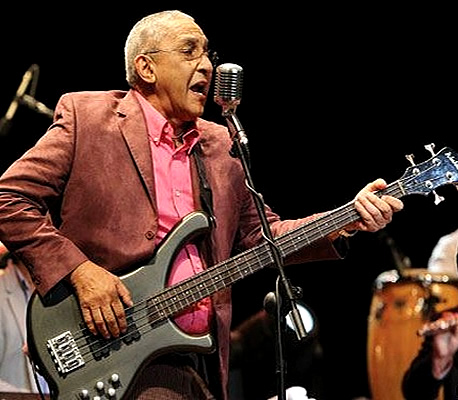 |
Song:
Soy todo |
Composer:
Juan Clímaco Formell |
Performed by:
Los Van Van |
Album:
Ay Dios amparamé |
Released:
1995 |
|
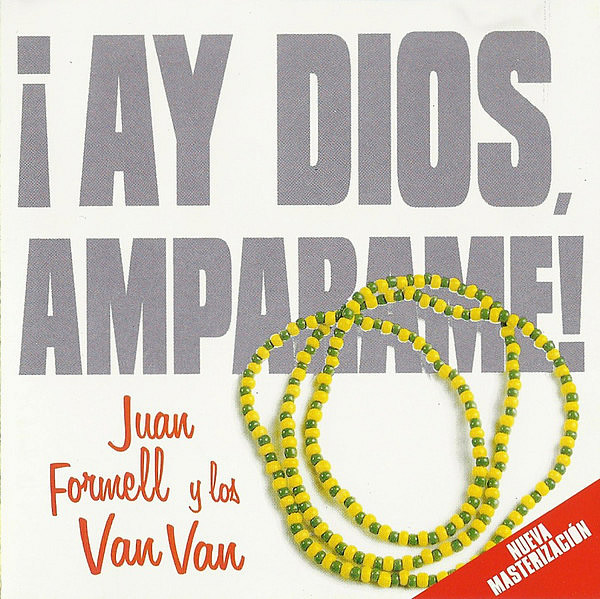 |
| |
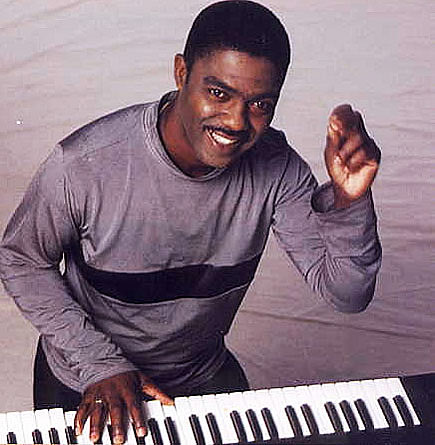 |
Song:
Linda melodía |
Composer:
Manolito Simonet |
Performed by:
Manolito y su Trabuco |
Album:
Se rompieron los termómetros |
Released:
2001 |
|
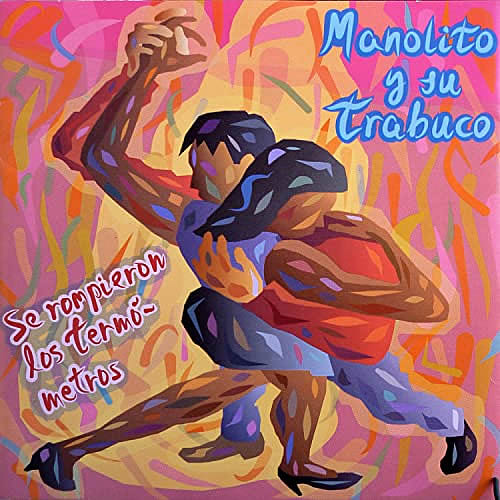 |
| |
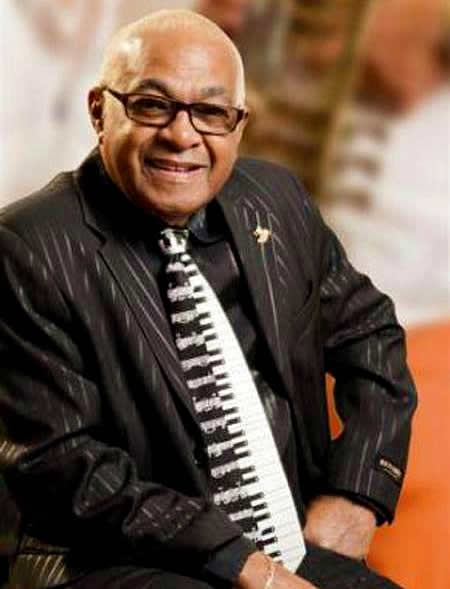 |
Song:
El pregonero |
Composer:
César "Pupy" Pedroso |
Performed by:
Pupy y los que Son Son |
Album:
Que cosas tiene la vida |
Released:
2002 |
|
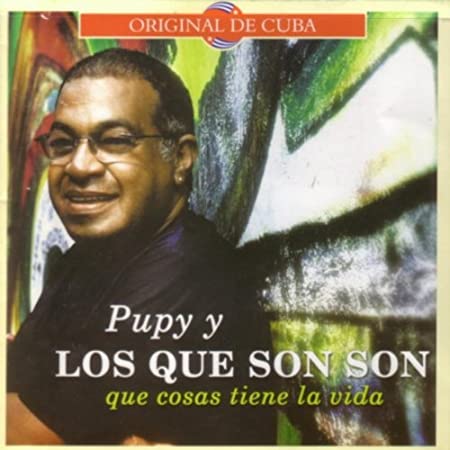 |
Michael Lazarus - Monday, 09 November 2020, 01:58 AM

















